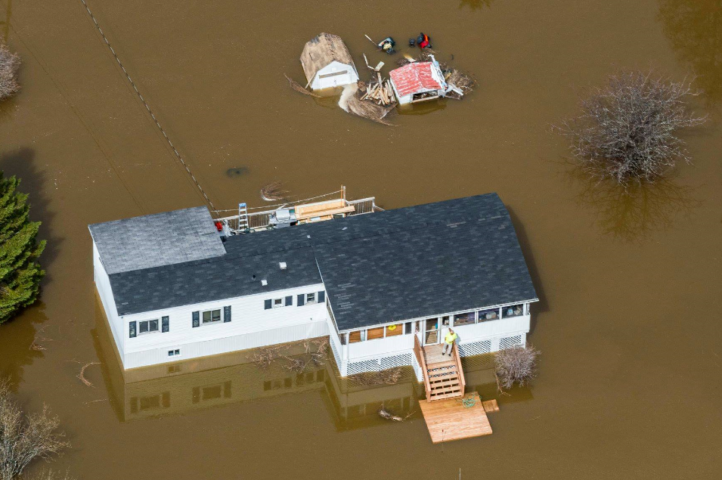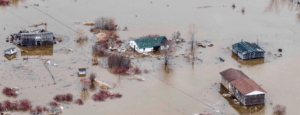
As New Brunswickers along the Wolastoq (St. John) River face the reality of a second “flood of the century” in two years, it is clear that a new approach to flood management is urgently needed.
While some flooding during the spring freshet is expected, the devastating floods we’ve lived through in recent years are not normal. The federal government report, Canada’s Changing Climate, reminds us that extreme weather events like flooding, ice storms, and wind storms are becoming more frequent and intense, and will only get worse without serious efforts to reduce the pollution unbalancing our climate.
A changing climate directly impacts the water cycle causing large fluctuations in amounts of snow and rain. Meanwhile, changes in land use such as building in flood plains, infilling wetlands, clear cutting forests, and inadequate buffer zones increase the likelihood of severe flooding.
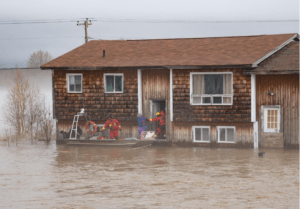
In an interview with the Telegraph-Journal on April 24, 2019, Premier Blaine Higgs said adapting to the changing climate — which he said seems to be creating a heavier snow pack and massive amounts of rain — would become a top priority of his Tory government.
Following last year’s flood, the provincial government announced changes to the watercourse and wetland alteration (WAWA) permitting process. The permits are required for work taking place within 30 metres of a shoreline or wetland and the changes made approval conditional on the builder showing proof of flood mitigation practices. Since the changes were made, 552 applications were received and 508 have been approved.
While the changes are a smart move to protect existing infrastructure, it completely misrepresents the purpose of the 30 metre buffer zone. Buffer zones are meant to be preserved to protect water from damage and minimize flood risk to communities. In a changing climate, we must keep buffer zones intact and expand them in high risk areas.
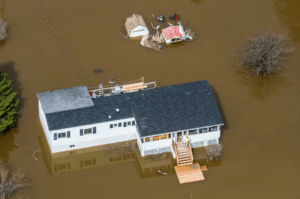
WAWA permits are one example of the many tools used in New Brunswick that are not up to the task of dealing with a changing climate. We know climate change will make severe flooding more frequent, but our approach to management has remained the same. In New Brunswick, Crown forests are still being clearcut and sprayed with herbicides. Permits for building near watercourses and wetlands are on the rise and wastewater treatment plants remain in flood plains. Not taking a proactive approach to mitigate climate change and adapt our land management practices is putting our communities’ health and safety at risk.
We need to rethink our relationship with water and make any future management decisions through the lens of climate change.
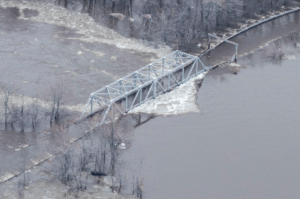
Protecting watersheds is key to building resilience and is our best approach to protecting us from some of the worst impacts of climate change. New Brunswickers can’t afford to keep paying the social and economic costs associated with extreme weather events. It’s time that we face the very real challenges ahead and invest in watershed protection to build a foundation for dealing with our changing climate.

